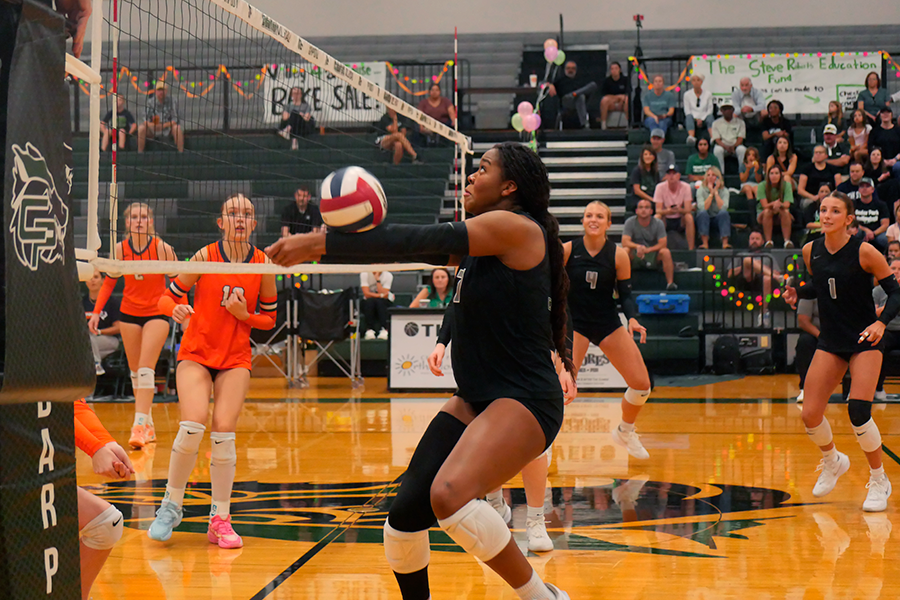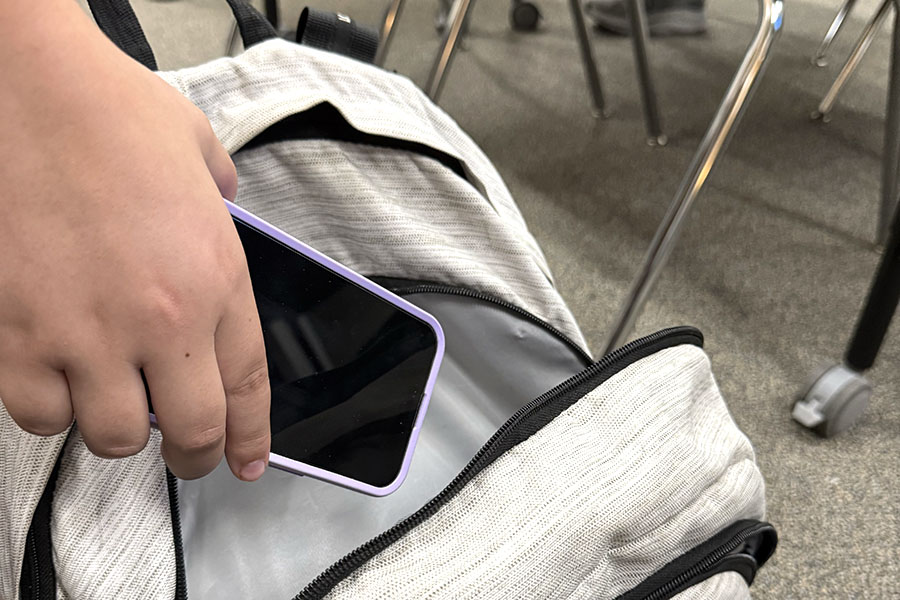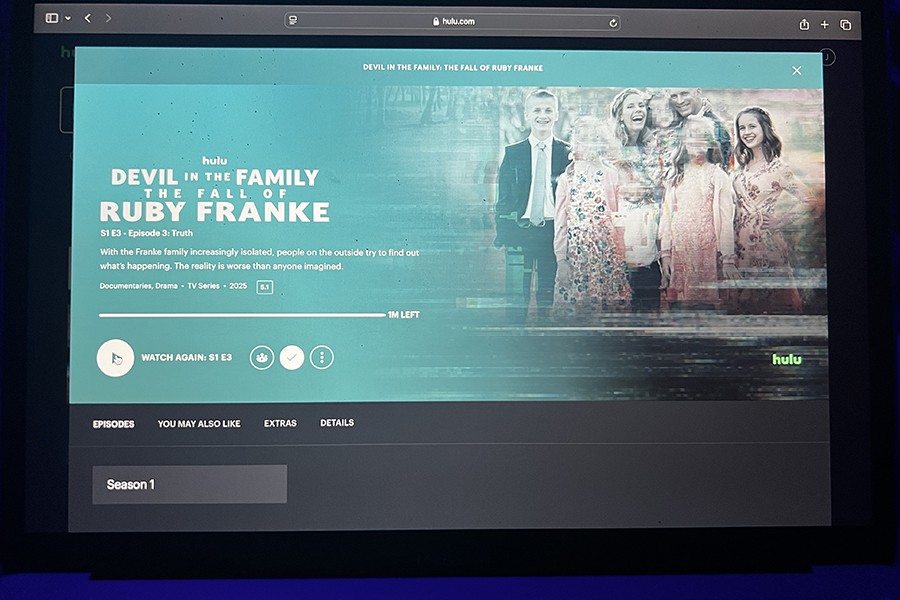Haiti was recently struck with the country’s most severe earthquake in over 200 years. The epicenter of the quake was just outside the Haitian capital Port-au-Prince and it has been estimated that the death toll in that area could reach over 200,000. The tremor occurred January 12 near the northern boundary where the Caribbean tectonic plate shifts eastwards relative to the North American plate. For the people of Haiti, this meant disaster. Most suffer from lost homes and business, other from the loss of loved ones. Unfortunately, this was not the beginning, and will not be the end of trouble for the Haitians.
One of the poorest and least developed countries in the world, Haiti has been struggling with problems ranging from near-constant political upheaval, health crises, severe environmental degradation and an annual barrage of hurricanes. Now the capital city, Port-au-Prince, lays in ruins and hundreds of Haitians lie trapped in rubble that was once an abundance of government buildings and shanty towns. Haiti is widely known as the poorest country in the western hemisphere with an unemployment rate of 70 percent.
In this rural land, malaria, typhoid, tuberculosis, intestinal parasites and sexually transmitted diseases take a toll on the population. It is estimated that HIV is high as 11 percent. However, there is less than one doctor per eight-thousand people. Obviously, they were not well equipped for this disaster. Fortunately, many countries and organizations have lent a helping hand in the relief effort.
The United States has sent by far the most money and resources of any other country. Days after the disaster, President Obama pledged a 100 million dollar donation and Britain followed suit, pledging a £6.15m contribution. Aside from fiscal donations, the US and Britain are among many other countries to send their medics and armed forces. 3,500 US soldiers from the 82 Airborne Division are currently in Port au Prince to assist with the disaster relief and security. The Disasters Emergency Committee, a coalition of 13 relief agencies, is taking donations on a special phone line, 0370 60 60 900, and through its website. Many individuals have taken money out of their own pockets to donate to those in Haiti. CPHS’s own Hope for Haiti has helped enormously with the school’s contribution to the disaster relief. The Hope for Haiti organization set up tables in the cafeteria to accept donations and inform CPHS students about the cause. Co-creators Viabhav Sapuram and Holly Chisholm were able to send CHPS’s donation along with the adjoining donations of the other LISD high schools to Save the Children. In the future, Sapuram and Chisholm plan to team up with Westwood for a charity run to keep money going to the many in need.
“We had heard what happened and we knew that lots of relief was going out there,” Holly Chisholm, junior, said. “We felt that we should do something because of all the people that needed food and water,”
Hope for Haiti was able to send a donation of about 2,000 dollars to the organization Save the Children.
“We’ve been getting lots of support. I know a lot of students who have contributed really generous donations.” Chisholm said. “I know someone who donated 50 dollars. It has been really cool to see.”
As the chaos unfolds in Haiti, there are more and more stories in the media portraying the turmoil. Everywhere you look in Haiti, there is suffering, but amidst the commotion it is important to remember the stories of triumph, compassion and healing. There was a time when Haiti was known for the indigenous Haitian traditions of Carnival and Haitian Voodoo. Now, Haiti will always be remembered for the January 12 earthquake which measured 7.0 on the Richter scale.



![Jumping off the ground, senior linebacker Bennett Patton snatches the ball out of the air for an interception at Thursday’s game against Chaparral. Patton had two interceptions in the 56-14 victory, tying the school record for interceptions in a game. “I was just playing the game,” Patton said. “[I’m] going to go into next week, forget about it and stay humble.” Photo by Harper Chapman](https://cphswolfpack.com/wp-content/uploads/2025/09/bennett-interception.jpg)
![The fire department came to the school after students were evacuated when smoke started coming from the ceiling of a classroom. All students and staff are safe. “All of my friends left their stuff too, so we couldn’t contact our parents, and it was stressful,” senior Brynn Fowler said. “It was scary because I didn’t know [what was going on], and I couldn’t find anyone because it was a big crowd.” Photo by Anthony Garcia](https://cphswolfpack.com/wp-content/uploads/2025/09/firetruck.jpg)


![Sitting with her friend senior Sohpia Struve at last year’s Austin City Limits Festival, senior Ava Zuniga poses for a picture under a pavilion. They are frequent attendees at ACL, an annual music festival at Zilker Park. “I would recommend seeing a bunch of people,” Zuniga said. “This past year, we camped out for Chappell [Roan] for a really long time. I think the whole point of ACL, [which] is a lot of fun, is that you can go see so many different people, even if you don’t know them. So by camping by one person, it really limits yourself from being able to go see a bunch of people.” Photo courtesy of Ava Zuniga](https://cphswolfpack.com/wp-content/uploads/2025/10/EE9E9484-FE6F-4AA0-B5F5-0C177AB32841-1200x857.jpeg)
![Broadcast, yearbook and newspaper combined for 66 Interscholastic League Press Conference awards this year. Yearbook won 43, newspaper won 14 and broadcast took home nine. “I think [the ILPC awards] are a great way to give the kids some acknowledgement for all of their hard work,” newspaper and yearbook adviser Paige Hert said. “They typically spend the year covering everyone else’s big moments, so it’s really cool for them to be celebrated so many times and in so many different ways.”](https://cphswolfpack.com/wp-content/uploads/2025/05/edited-ILPC.jpg)




![Looking down at his racket, junior Hasun Nguyen hits the green tennis ball. Hasun has played tennis since he was 9 years old, and he is on the varsity team. "I feel like it’s not really appreciated in America as much, but [tennis] is a really competitive and mentally challenging sport,” Nguyen said. “I’m really level-headed and can keep my cool during a match, and that helps me play a bit better under pressure.” Photo by Kyra Cox](https://cphswolfpack.com/wp-content/uploads/2025/09/hasun.jpg)


![Bringing her arm over her head and taking a quick breath, junior Lauren Lucas swims the final laps of the 500 freestyle at the regionals swimming competition on date. Lucas broke the school’s 18-year-old record for the 500 freestyle at regionals and again at state with a time of 4:58.63. “I’d had my eye on that 500 record since my freshman year, so I was really excited to see if I could get it at regionals or districts,” Lucas said. “ State is always a really fun experience and medaling for the first time was really great. It was a very very tight race, [so] I was a bit surprised [that I medaled]. [There were] a lot of fast girls at the meet in general, [and] it was like a dogfight back and forth, back and forth.” Photo by Kaydence Wilkinson](https://cphswolfpack.com/wp-content/uploads/2025/03/Kaydence-2.7-23-edit-2.jpg)
![As the support team sits and poses for a photo in the cafeteria with the counseling team they eagerly wait to start their day. "We [all] seem to be a team, I get up every day and there's days where I don't want to go to work today, but I'm thankful that I have a job and I'm blessed to have what I have," Christopherson said. Photo Courtesy of Julie Weltens.](https://cphswolfpack.com/wp-content/uploads/2025/01/AF9E8470-10D7-4C91-BF28-EC8F86BAB66C-1200x852.jpeg)
![Officer Stephanie Cash is in her second year as an SRO at CPHS. “Seeing [students] grow over the years has been kind of cool,” Officer Cash said. “Freshmen that [are] all over the place and then in the next couple of years get a little more squared away and go to class and do work and start thinking about the future. Being a part of a student's growth is the best way to measure my success as an SRO.” Photo Courtesy of Cedar Park Police Department's PIO, Alicia Gallagher.](https://cphswolfpack.com/wp-content/uploads/2024/12/CPHS-SRO-900x1200.jpg)
![As he sprints with the ball, senior running back Trae Hill breaks a tackle during Friday’s 35-14 loss against the Vandegrift Vipers. Hill ran for 135 yards and two touchdowns during the game. “[Scoring] was electric,” Hill said. “It always feels good to score, but the O-line did everything.”](https://cphswolfpack.com/wp-content/uploads/2025/09/IMG_0795allie.varfb_-1200x799.jpg)














